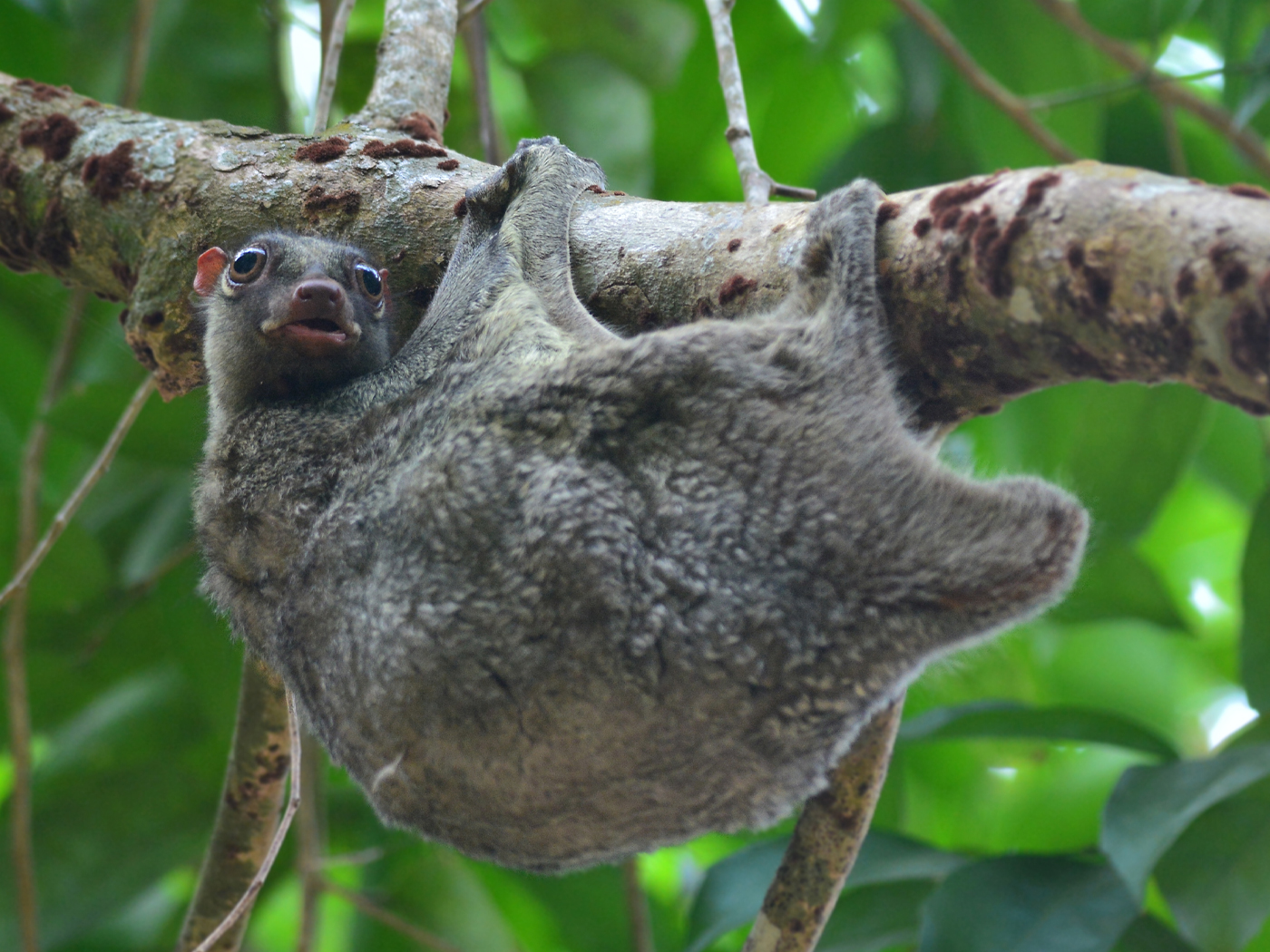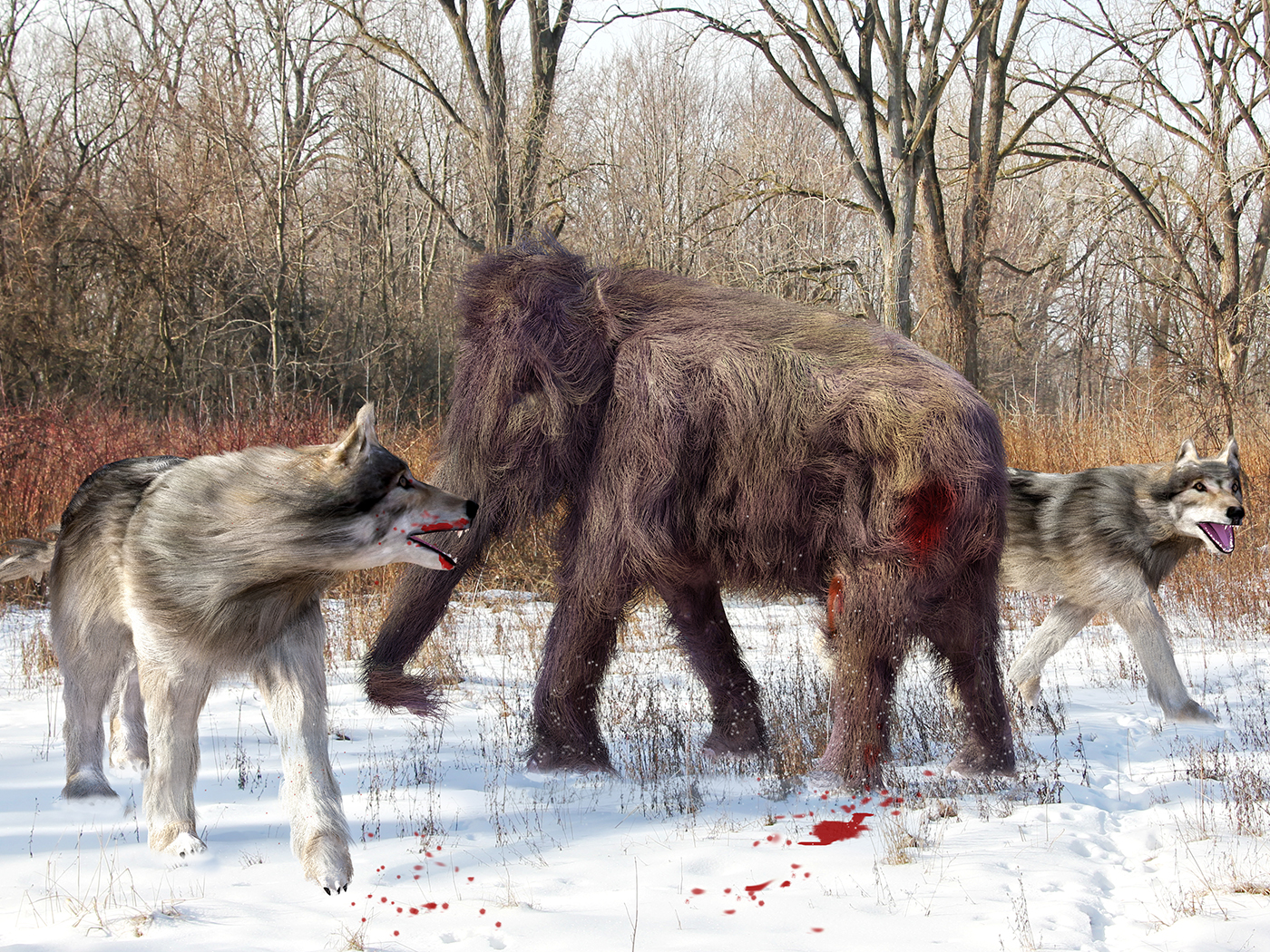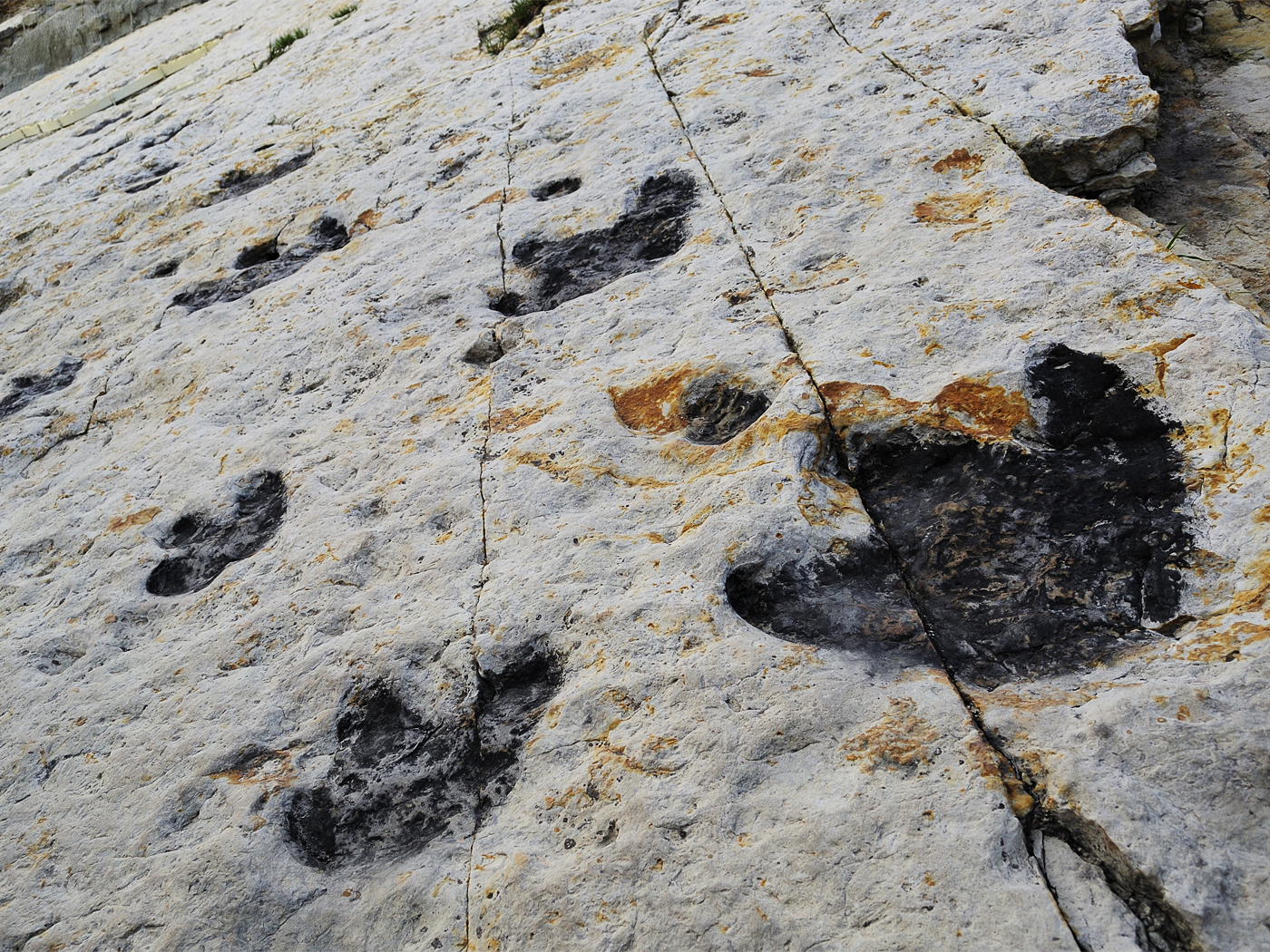According to evolution, eons ago mere ingredients like mud, minerals, and methane somehow made themselves into some single-celled bacteria…some of those bacteria became worms, and some of the worms eventually became people. A newly described out-of-place fossil confronts this origins myth.
Since 1911, vaults at the Smithsonian have harbored fossilized worm-like creatures from Cambrian shales. Scientists recently rediscovered them, and Nature published their remarkable findings.1
The problem is that, although the fossils were found in some of the deepest fossil-bearing rocks, they look just like the modern acorn worms we see today.
Acorn worms, technically "enteropneusts," feature stacks of gill bars used to capture nutrients and exchange waste. Acorn worms are named for an acorn-shaped bulb they use to burrow into sea floor sediments.
Christopher Cameron currently studies at the Université de Montréal and co-authored the Nature report. He told National Geographic, "One of the things that blew my mind about this thing is that most animals in the Burgess Shale look nothing like modern-day animals, but this is so clearly an acorn worm. Except for losing the tube, the animal is virtually unchanged in 505 million years."2
The Nature study reported, "Here we provide direct evidence for a Cambrian enteropneust, and thus extend their known [fossil] range by approximately 200 million years."1
Now that is remarkable, to say the least. What does this fossil creature—with fully-modern complexity—say about the evolutionary story that fossils supposedly demonstrate a simple-to-complex history of life as one ascends the rocks? And are we to believe that a whopping 505 million years' worth of mutations and natural selection have performed no alterations to acorn worms?
Cameron did note one difference between the modern and ancient counterparts. His team's report described how some of the fossil acorn worms constructed tubes. Today's enteropneust varieties are tubeless.
Enteropneusts look similar to modern animals called "pterobranchs," which inhabit tiny tubes, while enteropneusts do not. The study authors entertain the idea that the Cambrian enteropneusts with tubes might have been evolving from enteropneusts into pterobranchs. The National Geographic coverage sensationalized this idea by proclaiming the tubed acorn worms as bona fide "Missing Links."2
But the Nature report was much more cautious—so cautious that the "Link" could just as well have been no link at all. The study authors wrote, "Whether S. tenuis represents a stem-group harrimaniid [an enteropneust worm family], a stem-group pterobranch, or a stem-group of pterobranch plus harrimaniid, or even a stem group hemichordate, is not certain."1 In other words, nobody quite knows what acorn worms may have evolved from or into.
Despite excitement about ancient tube-forming acorn worms, they form no discernible evolutionary link whatsoever. In fact, the most straightforward explanation is that they went extinct, while their non-tube-forming relatives simply survived.
Can evolution try to explain fossils of creatures that went "virtually unchanged" for hundreds of millions of supposed years? Yes it can, but not without imaginative stories to address the question of why mutations and natural selection were somehow absent over the vast time scales the stories require.
Can biblical creation explain these fossils? Yes it can, and without the added stories. Erasing the millions of years dogma also erases the unchanged body form problem. Noah's Flood buried ancient sea-floor creatures early in its destructive year, and although most of those delicate animals died forever, a few acorn worms survived the Flood and live today.
References
- Caron, J-B., S. C. Morris, and C. B. Cameron. 2013. Tubicolous enteropneusts from the Cambrian period. Nature. 495 (7442): 503-506. Published online www.nature.com before print March 13, 2013, accessed March 20, 2013.
- Dell'Amore, C. 2013. "Phallus" Worm Is Evolutionary Missing Link. National Geographic News. Posted on newswatch.nationalgeographic.com March 13, 2013, accessed March 20, 2013.
* Mr. Thomas is Science Writer at the Institute for Creation Research.
Article posted on April 8, 2013.



















